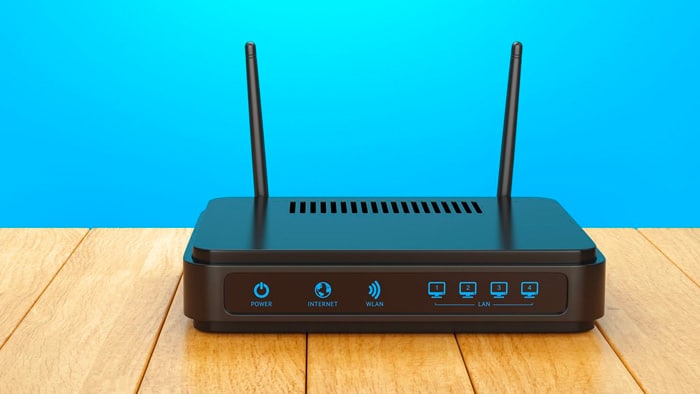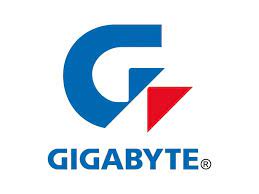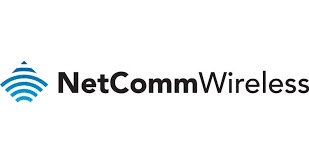Is Your Router Really Secure?
When it’s about protecting your private data, there is nothing more important than the router that is the network gateway to your entire house. Your router powers all the data that travels in and out of your house, from social accounts to emails and even credit card information, making it more vulnerable to potential hacking attacks.

Even though the router in your home is a source of convenience, it is not as secure as it should be. Whether you got the router from a known company or a lesser-known business, it is essential to keep an eye on the level of security.
Why Do We Need A Router?
A router is a network gateway device that provides an Internet connection to your house. These routers are either wireless or have an Ethernet port that provides the connection. Two or more devices are not able to share one public IP address, which is why a router is required to connect multiple devices. The router provides a separate private IP address by creating a small private network inside your house.
How Your Router Can Be Compromised
Though routers may be essential and convenient, they are also unexpectedly reliable. Not many consumers realise the fact that routers are basically like computers, and they have their own software and operating systems.
If, by some chance, your router is attacked by a hacker, it can be used to spy on you or steal your personal data and money. If not set up right, router devices sometimes fail to alert the consumer when a new update is available, which is important in order to fix security bugs.
Universal Plug And Play
UPnP is an array of networking protocols that facilitates mobile devices, computer devices, printers, and WiFi devices to detect each other and create connections to share data and other services. UPnP works by using protocols to acknowledge the device’s presence and transfers data. Some protocols built on it are, User Datagram Protocol (UDP), Transmission Control Protocol (TCP), HyperText Transfer Protocol (HTTP) and Extensible Markup Language (XML).
All over the world, millions of routers have UPnP enabled, making them more exposed to hacker attacks. It was designed for LAN, which means it has little to no security.
WPS is your worst enemy
The WiFi Protected Setup(WPS) is the worst of them all. All it requires to get someone’s device connected to the WiFi is an 8-digit PIN code available on the back of the router itself. This PIN remains the same even if the user changes the password or the name of the network. Anyone could have access to your network if they were to get their hands on the PIN on the back of the router device, even the plumber.
Anyone that knows the basics of computer systems can force their way into the system with ease through online software and programs that help to expose people’s network PINs and passwords.
Easy Solutions for your home router
There are various steps network administrators can take to ensure that the routers in their homes are as secure as possible. Starting with some easier solutions.
Change Default Settings
The username and password to your router are the first things any hacker will try to get into. The default settings your router comes with are usually easy to figure out for hackers that have the tools to decode common credentials.
Try to make the password long, strong, and not easy to guess. Make it different from what the default password was, and make sure it’s unique. Don’t use any passwords that might provide any kind of personal detail, e.g., apartment number.
The same goes for the username; change it to unique but not anything that might identify you.
You can figure out how to do this from the instruction manual that comes with your router or google it.
Turn on automatic firmware updates
A firmware update is equally as significant as a software update. Firmware updates allow you to make essential changes to the router device, such as fixing bugs, accessing new features, etc. It will upgrade your device without the need for any upgrading in the hardware. Turning on firmware updates will allow you to enjoy new features and have a better experience with no extra work.
Enable WPA2
Enabling WPA2 encryption will help you protect your network and only allow authorised users to have access to it. If your router is still supporting the WEP standard, it’s time to get a new one.
Enable the new WPA3 encryption
The new WPA3 was introduced in 2021, so it’s only available on newer devices. If your device supports it, be sure to enable it.
Disable WiFi Protected Setup (WPS)
WPS is extremely insecure and can easily be used by hackers to attack your network and gain access, as it works by allowing anyone to join the network without the need for a password.
A guest WiFi network is your best friend
Setting up a separate network for guests and visitors or if your router supports the feature, set a guest network on your router device. And if your router allows it, set a timer on the guest network to turn itself off after some time.
Slightly complex home router fixes
Set up brand-new firmware
Installing new firmware when it’s available will allow your router to fix security patches. You can either log into your router’s administrative interface or check the manufacturer’s website for new firmware updates.
Use the 5-GHz band for your router
If your devices are compatible, it is best to set the 5-GHz band for WiFi in place of the 2.4-GHz band as it does not travel as far as the 2.4-GHz band allowing protection from people living blocks away to try to get into it.
Turn off remote administrative access.
If you have mesh routers, this step might not be possible but if it is, disable administrative access over WiFi and only allow administrators access to routers through wired Ethernet.
Advanced router security tips
Disable PING
Every router has the option to deny responding to PING commands, and turning on that option is a great security feature for your router as these are all ways to gain remote access. Set your suited ports to “stealth” to deny any responsibility to external means of access.
Set up new settings for the administrative Web interface.
If your router allows the option to change settings for the administrative Web interface, choose to change them. The channel should ideally implement a secure HTTP connection over a non-standard port allowing a different URL administrative access than the standardised one.
Switch to your browser’s incognito mode.
Anytime you’re trying to access the administrative interface, use the private mode in your browser to hide any records of your activities and the URL of any changes in settings from your history.
Use a VPN router.
Prefer using a virtual private network router as an alternative to your existing router to conceal your activities from the internet service provider and keep your privacy.
We live in a society where nothing is safe anymore. All we can do is take the steps necessary to make sure our personal data and identities are protected, and WiFi security is one of the things that should be a prior concern for all users.
- References
- https://www.ecstasycoffee.com/router-security-stinks/
- https://www.tomsguide.com/us/home-router-security,news-19245.html
- https://www.icharts.net/why-your-router-security-stinks/
Written by The Original PC Doctor on 21/11/2022





















































































